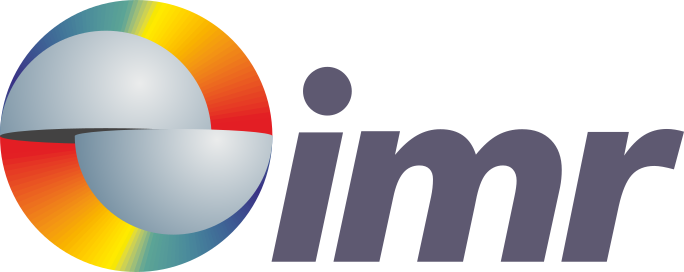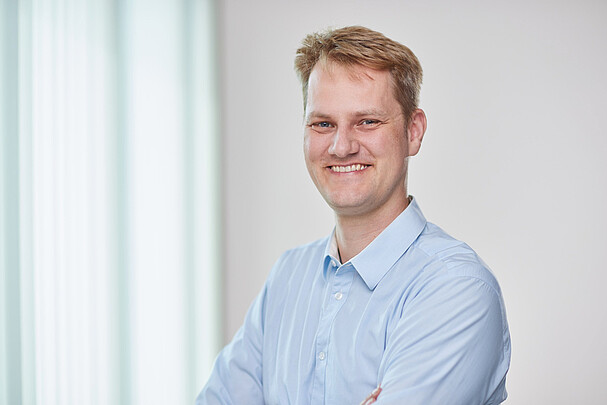Acoustics
Description of the research group:
The acoustics working group has been dealing with acoustics in teaching and research for over 30 years. Mainly metrological processes and techniques in the air, body and ultrasound areas for the acquisition and analysis of noises on devices, machines, vehicles and buildings have been and are processed.
Typical examples:
- Noise immission in factory buildings
- Ultrasonic and force measurement sensors for early damage detection and process monitoring during punching, forging and drawing
- Noise vibration processes on machines, conveyor and crane systems
- Noise pollution and noise reduction in the household appliance industry
- Sound pressure and sound power measurements on power tools
- Sound intensity measurements on aircraft
- Sound engineering for product optimization of machines, devices and vehicles
- Active noise reduction (ANC) in vehicles and headphones
In addition, essential basics for sound intensity measurement are created at the institute and appropriate measuring devices are developed for this purpose. Another focus that the IMR has been pursuing for some time is the combination of control technology and acoustic measurement technology. Active noise compensation in the interior of motor vehicles is an example. With the help of suitable sound generators, the sound field generated by undesired noise sources is actively influenced in a targeted manner and certain sound images or noise patterns are approximated as best as possible. This technology was recently investigated at the institute as part of a cooperation with the Sennheiser company, also in connection with communication headsets and in-ear headphones.
Contact Person

Automatic Control & Accustic
30823 Garbsen

Automatic Control & Accustic
Acoustics
-
Light weight IN-ear COmmunication headset with Active noise ReductionThe research project LINCOAR (Lightweight IN-ear COmmunication headset with Active Noise Reduction) is a commissioned research project by Sennheiser electronic GmbH & Co. KG, financially supported by the European Regional Development Fund and the state of Lower Saxony. It focuses on the development of in-ear headphones with active noise cancellation (ANC). At our institute, the research emphasis is on control design using adaptive algorithms. The project is divided into two sub-projects: adaptive feedforward control and adaptive feedback control. In the first sub-project, an adaptive feedback controller for active noise control in in-ear headphones is proposed. A major challenge with in-ear headphones is that the secondary path differs from person to person. By identifying the inverse minimum phase component of the path, the stability of the control loop is improved, enabling better attenuation. The effectiveness of this active adaptive system is confirmed through simulations and experimental results. In the second sub-project, several improvements related to adaptive feedforward control are introduced. In particular, the use of virtual sensors is explored. Remote microphone technology is employed to significantly enhance attenuation at the eardrum.Led by: Dr. Ing. Christian PapeYear: 2012
![]()
-
Position-adaptive rest zone in enclosed spacesIn environments with large transformers or rotating machinery such as aircraft engines, people are exposed to high and particularly continuous noise levels. The emitted sound, which is primarily low-frequency, cannot be sufficiently attenuated by wearing standard passive hearing protection. For instance, in aircraft cockpits, active measures are already in use to reduce engine noise at the pilot's seats using so-called "antinoise." However, available active solutions are either tied to fixed positions or require the carrying of corresponding portable devices (e.g., headphones). Within the scope of the current project, a feedforward control is being designed that automatically creates a local quiet zone at the desired position using antinoise. This involves the use of the virtual microphone method, with its effect position adaptively shifted using camera tracking. The achievable noise reduction at the location of the quiet zone largely depends on the parametric modeling of the sound propagation paths (the control paths), which can vary greatly locally. This is primarily caused by the use in enclosed spaces, whose acoustics, characterized by reflections, are reflected in the frequency response of the paths and make the identification of the paths a particular challenge.Led by: Dr.-Ing. Christian PapeTeam:Year: 2020
![]()








